The city’s annual point-in-time count in January 2024 found that the number of people living on the street or in shelters citywide was up 10% compared to a year earlier. Among the unsheltered, the number in Center City had jumped 23% to 347 , according to the Office of Homeless Services. Figures from the January 2025 count have not yet been released.
Another challenge is the continued economic stagnation of Market East following the collapse of a plan to build a basketball arena there — although the project’s benefits were hotly contested — and the closure of Macy’s and other stores.
Gupta said visible homelessness and other quality-of-life challenges may be contributing to the slow recovery of another statistic: the percentage of people who say they feel safe in Center City.
In 2019, 76% of people surveyed said they felt safe there, according to the CCD report. The number dipped as low as 48% in 2022, when the district and the city generally were still in a crime wave .
The perception of safety in Center City has not recovered to pre-pandemic levels. (Center City District) In 2024, the number of serious crimes like homicide, aggravated assault and car theft was back down to the old rate of about one incident per day in Center City, but the percentage of people who said they felt safe downtown had only recovered to 61%.
That perception was higher among residents of the Philadelphia suburbs, 53% of whom said they felt safe, compared to 62% of respondents who live in Center City and 70% of those from outside the Philadelphia region.
Gupta argued that the persistent perception of danger reflects the stickiness of incorrect and outdated ideas about Center City, as well as a misunderstanding of the district’s challenges. People primed to see urban decline “often conflate visible homelessness and quality of life challenges with crime rates,” even though there’s no statistical correlation between the two, per the CCD report.
“We see how many people want to live in Center City. We see this uptick year-over-year in return to the office. We see our nightlife thriving. There are more places to sit and eat outside now than there were pre-pandemic,” Gupta said. “When is news coverage going to say, ‘400,000 people enjoyed a beautiful spring day in Center City, Philadelphia, without incident,’ right?”
“That’s not the stuff that gets press,” she said. “Maybe we can blame social media algorithms for that a little bit too.”
Social upheaval leads to perception gap
As an example of unbalanced news coverage, she pointed to the widely reported closure of a three-year-old Giant Heirloom market on East Market Street in December, and the less frequently reported abundance of grocery store openings over several years.
Randall said he occasionally hears such perceptions from his neighbors in Fishtown who used to commute downtown on the El but now refuse to do so because they think SEPTA is unsafe.
“When you probe, a lot of times, it’s because they heard it wasn’t great, or their last ride was in 2021 and they haven’t dipped their toe back in the water again,” he said. “It’s this weird sort of idea that, ‘OK, I guess the experience that I had four years ago must be sort of the forever new reality.’ ”
The perception gap regarding downtown conditions — in Philadelphia and across the country — is “natural and all but inevitable” given the social and political upheavals of the last several years, said Tracy Hadden Loh, a Brookings Institution fellow who spoke at a CCD panel discussion Thursday.
“We are in a time of hyper-partisanship. We are emerging from a time of isolation,” Loh said. “We’ve atomized the way that people get information and the way that we’re spending time and who we’re talking to.”
“That moves us away from having a shared set of facts around public safety. In particular, given what was actually happening in the United States and its timing relative to the election, that is a topic where there’s been a particularly wide gulf between perception and reality,” she said.
Steady growth of housing and jobs
The reality is that Center City is doing relatively well, thanks to its role as a job center, tourism destination and place to live, and to factors like its built-in walkability and rich transit options, CCD officials contend.
In 2021-2022, the last year-long period for which detailed data is available, the Greater Center City area between Tasker Street and Girard Avenue had gained 22,000 jobs, reaching a total of 300,000 jobs, Randall said. That was about 6,000 more than the 2019 peak, and the number has likely increased further since then.
As of last year, the biggest downtown employers were the city, with about 20,000 workers in Center City, followed by Jefferson Health (14,775), Comcast (9,355), Chubb (3,200) and Independence Blue Cross (3,000).
Philadelphia has more jobs than at any time since the 1970s. (Center City District) At the same time, Philly has been ahead of the curve, compared to other cities, on converting its glut of office space into apartments and other uses. Some 10 million square feet have been repurposed over the last quarter-century, and current projects will create 1,000 more residential units as well as hotel rooms and retail spaces, per CCD.
Last year, Greater Center City gained 3,800 housing units, which was 44% of all housing built in the city. Since 2019, it’s added 14,500 units, 4,000 of them in the core area between Pine and Vine streets.
Retail occupancy has stabilized at 83% over the last three years. Compared to 2019, there were 7% fewer food and beverage establishments, 8% fewer service providers like gyms and hair salons, and a 20% drop in other types of retailers, the report said.
Some 32 new restaurants and bars are expected to open soon, along with five new service providers and 12 other stores.
Among the report’s other highlights are the growing popularity of the Midtown Village/13th Street dining and entertainment area, which was regularly seeing more evening visitors last year than it did six years ago, and surging attendance at some cultural institutions.
The fountains, ice rink, holiday market, cafés and other attractions of Dilworth Park, next to City Hall, attracted 11.5 million visitors last year, a 34% jump compared to the previous year. Reading Terminal had 5.6 million visitors, a 20% increase, and more people went to the Museum of Art (8%) and Independence Visitor Center (9%).
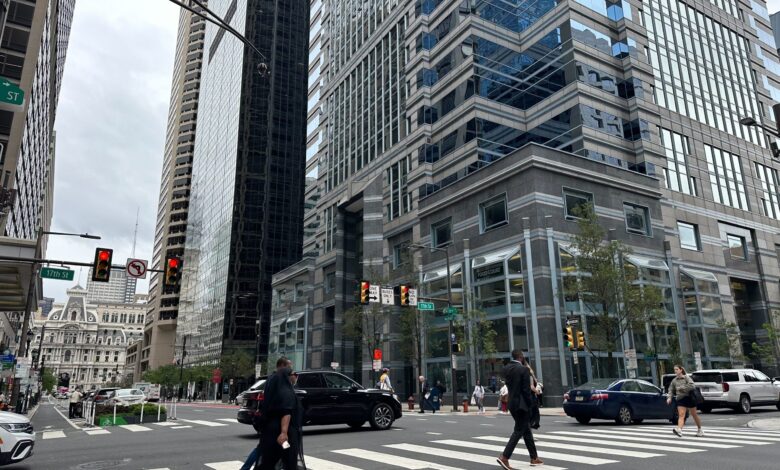










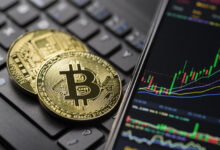



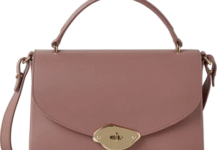
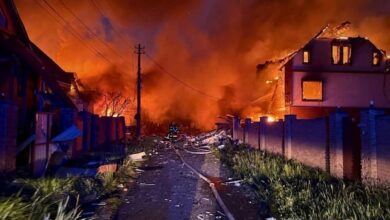
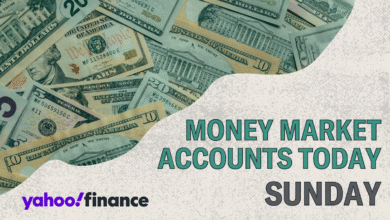

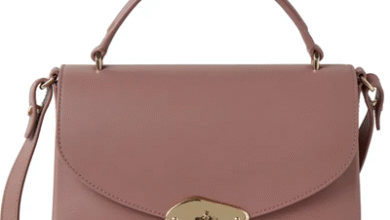

Go to the Arqam options page to set your social accounts.